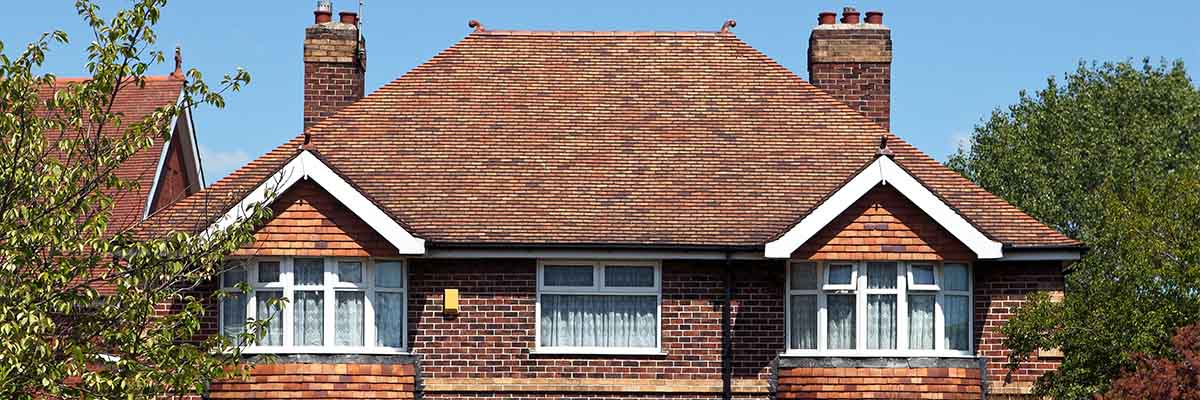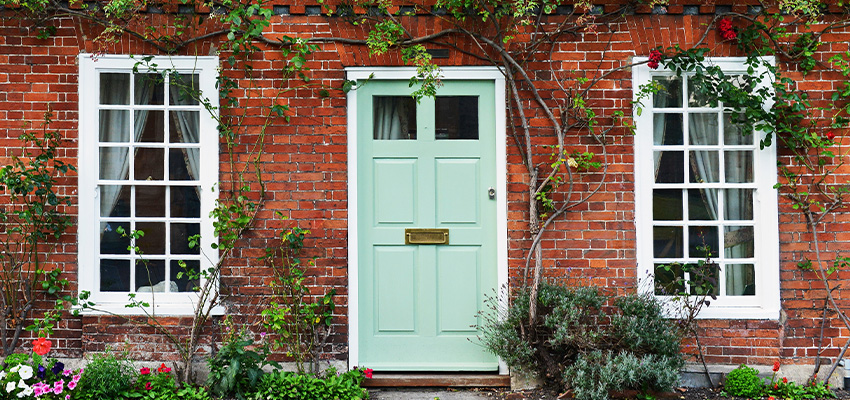
Guide to loft conversion loans: the benefits, cost & home improvement
Can I convert my loft?
If you’re in need of more space at home or want to add value to your property, a loft conversion is a great option. However, before you go ahead, you should take some time to consider the costs and the laws you need to follow to build your new room.
Loft conversions don’t normally require planning permission, but you may need permission if:
- you live in a conservation area or other protected area
- you want to raise the height of your roof or extend out to the side
- your loft conversion is particularly large (more than 40 cubic metres of space)
- you want clear glass side windows that will overlook your neighbours
If you want to convert your loft but aren’t sure about planning permissions, you can get a builder, architect or surveyor to visit your home and check if your loft space is suitable for a conversion, or if you need planning permission.
How to do a loft conversion
You need to follow a few steps for a high-quality loft conversion:
1. Carry out an initial assessment of your existing loft space
Check what type of roof you have, and how much head space you’ll have once the loft is converted (you need a minimum height of 2.2 metres for a loft conversion).
If you don’t feel confident carrying out these assessments yourself, get a builder, architect or surveyor to do it for you – they’ll also let you know if any planning permissions are required.
2. Find a reliable contractor
Get recommendations from friends, family and neighbours and have an initial chat with at least three firms for a good idea on costs.
If you want to carry out a few jobs yourself to save money, make it clear to the contractor what you want them to focus on instead. Once you’ve decided on which company to use, you should get a contract in place so you know who is responsible for what.
3. Let people know
Before work is to begin, you should inform your insurer, who need to know about any changes that will alter your home’s structure, habitability, security or value.
Don’t forget to prepare for disruption either – if you have a small child, you may want to avoid having a loft conversion done in winter due to cold weather – and let your neighbours know that you’re getting building work done.
How much does it cost to convert a loft?
The cost of a loft conversion depends on the type that is done.
On average a loft conversion in the UK is around £50,000. This price can vary though depending on factors such as:
- the type of loft conversion
- the size number of dormers
- the complexity of the project
- the property’s location
A Velux loft conversion will cost approximately £27,500, while a bungalow loft conversion will cost approximately £75,000.
How much value does a loft conversion add?
A loft conversion can take a lot of money, but it also adds up to 20% more value to your property.
The total added value, however, depends on the price of your property, where you live, and the type of loft conversion that is done.
Ready to start your loft conversion project? Learn more about home improvement loans.
Updated: April 2024


